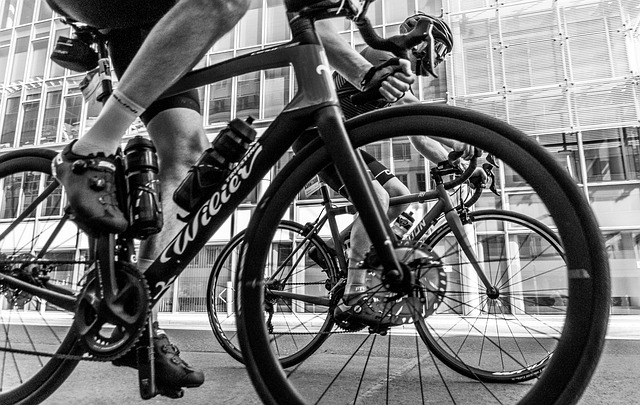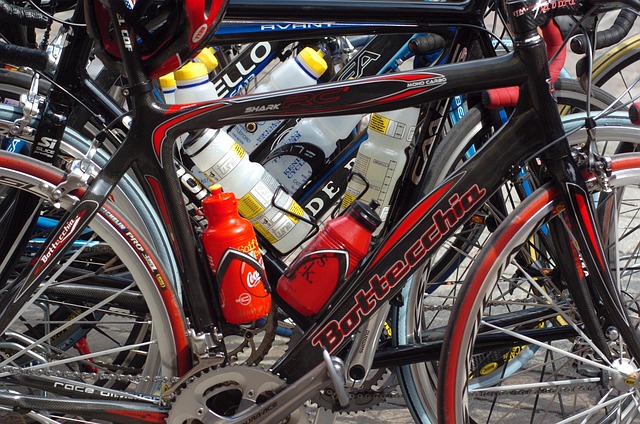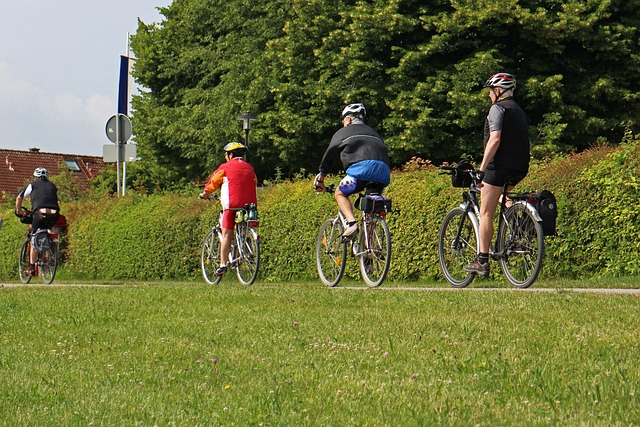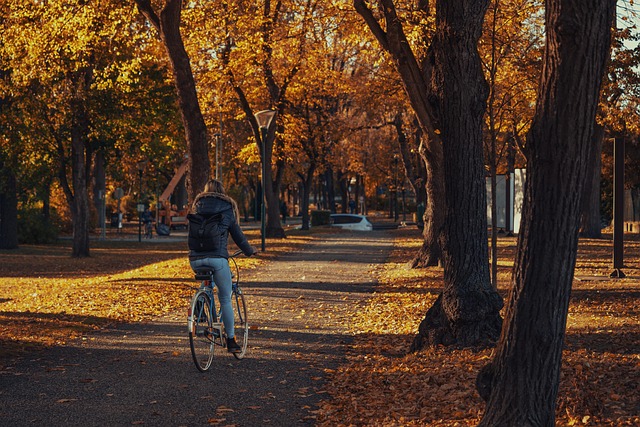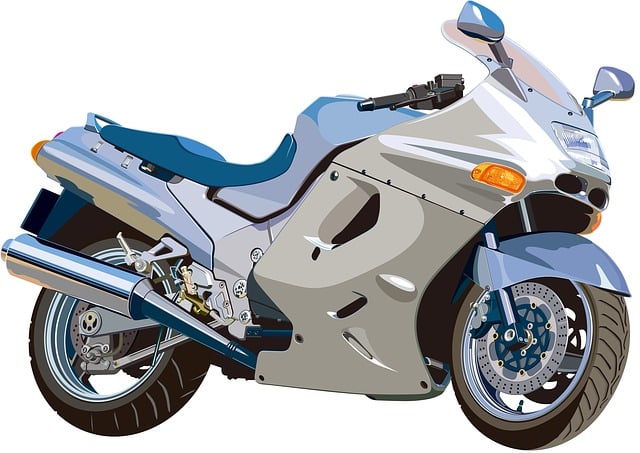
Category: Cycling Routes in Eugene and Lane County Oregon
Cycling Routes in Eugene and Lane County, Oregon: A Comprehensive Overview
Introduction
In the heart of the Pacific Northwest lies Eugene, a vibrant city nestled within Lane County, Oregon, renowned for its picturesque landscapes and active lifestyle culture. Among the city’s many attractions is an extensive network of cycling routes that cater to enthusiasts of all levels. This article delves into the world of cycling in Eugene and Lane County, exploring the diverse routes, their historical development, and the profound impact they have on the local community and beyond. By examining various facets, from economic benefits to technological innovations, we aim to provide an insightful guide for both seasoned cyclists and those curious about this thriving cycling destination.
Understanding Cycling Routes in Eugene and Lane County, Oregon: A Definition and Its Components
At its core, the term “Cycling Routes” in Eugene and Lane County refers to a well-maintained network of paths and roads designed specifically for bicycle travel. These routes encompass a range of options, from urban bike lanes to scenic country roads and challenging mountain trails. The primary goal is to facilitate safe and enjoyable cycling experiences while promoting active transportation and recreation.
The key components of this system include:
- Bicycle Lanes and Paths: Dedicated painted or physical barriers separating cyclists from vehicular traffic, found primarily in urban areas.
- Scenic Routes: Scenic byways and country roads that offer breathtaking views of the Oregon countryside, forests, and rivers.
- Mountain Biking Trails: Off-road trails designed for mountain bikes, catering to adventurous riders seeking technical challenges.
- Multi-Use Paths: Shared-use paths where both cyclists and pedestrians can enjoy a peaceful stroll or ride.
- Cycling Infrastructure: This includes bike parks, repair stations, rest areas, and secure storage facilities that enhance the overall cycling experience.
Historically, Eugene’s cycling culture has been nurtured by its progressive city planning and a strong sense of community among cyclists. The first dedicated bicycle lane in the city was introduced in the 1970s, marking a shift towards prioritizing active transportation. Over the decades, the network has expanded and evolved, driven by community efforts and local initiatives.
Global Impact and Trends Shaping Cycling Routes
The concept of cycling routes has transcended borders, inspiring cities worldwide to embrace sustainable transportation and promote cycling as a viable mode of daily commuting. Eugene’s cycling infrastructure has been recognized internationally for its excellence, attracting visitors and fostering cultural exchanges related to active lifestyles.
Global trends shaping the future of cycling routes include:
- Urban Revitalization: Many cities are prioritizing cycling infrastructure as part of urban renewal projects, transforming underutilized spaces into vibrant cycling corridors.
- Health and Wellness: The global pandemic has increased interest in outdoor activities, leading to a surge in cycling popularity and investment in safe cycling networks.
- Sustainable Transportation: With growing concerns over climate change, cities worldwide are promoting cycling as a low-carbon transportation alternative.
- Technology Integration: Smart bike lanes, real-time traffic data, and mobile apps are enhancing the cyclist experience, providing route planning, safety alerts, and more.
Economic Considerations: The Cycling Route Impact on Local Systems
The development and maintenance of cycling routes have significant economic implications for Eugene and Lane County. Here’s a breakdown:
- Tourism: Well-designed cycling routes attract visitors seeking outdoor adventures, contributing to the local economy through accommodation, dining, and retail spending. According to a 2019 study, cycling tourism in Oregon generated approximately $473 million in economic activity.
- Real Estate: Cycling-friendly neighborhoods often experience higher property values and increased demand for housing near bike routes. This trend is evident in many European cities where cycling infrastructure has led to revitalized urban areas.
- Local Businesses: Cycling routes encourage residents to shop locally, fostering a thriving business environment. Bike shops, café’s, and outdoor gear retailers benefit from the growing cycling culture.
- Transportation Costs: By encouraging cycling for daily commutes, the demand for public transportation and parking spaces can be reduced, potentially lowering transportation costs for both individuals and the city.
Technological Advancements Enhancing the Cycling Experience
Technology plays a pivotal role in enhancing cycling routes and the overall rider experience:
- Smart Bike Lanes: These lanes utilize sensors and LED lighting to provide real-time traffic data, improving safety and route efficiency. For example, Portland’s Smart Corridors project aims to implement such technology along major bike routes.
- Mobile Apps: Cycling apps like Strava, MapMyRide, and Komoot offer GPS-enabled route planning, allowing cyclists to discover new trails and track their performance. These apps also facilitate social interaction among riders.
- Electric Bikes (E-Bikes): The growing popularity of E-Bikes has revolutionized cycling by providing assisted pedaling, making longer distances more manageable. Many cities in Oregon have introduced rental programs for E-Bikes, further promoting sustainable transportation.
- Bike-Sharing Programs: These programs, such as Lime and Spin, offer convenient access to bikes, encouraging casual riders to explore the city on two wheels.
Policy and Regulation: Governing Cycling Routes in Oregon
The development and management of cycling routes in Oregon are guided by a combination of state and local policies and regulations:
- Oregon Bicycle Laws: The state has established laws protecting cyclists’ rights, including provisions for bike lanes, helmet requirements for minors, and rules governing bicycle lighting.
- Local Ordinances: Cities like Eugene have enacted specific ordinances to regulate cycling, such as speed limits, parking restrictions, and penalties for unsafe riding.
- Transportation Planning: Lane County’s Comprehensive Plan includes provisions for active transportation, with specific goals for cycling infrastructure development and maintenance.
- Funding and Maintenance: The Oregon Department of Transportation (ODOT) allocates funds for bicycle infrastructure through various programs, ensuring the ongoing development and upkeep of cycling routes.
Challenges and Criticisms: Overcoming Barriers to Cycling Adoption
Despite its many benefits, the expansion of cycling routes faces several challenges:
- Safety Concerns: One of the primary concerns is rider safety, especially at intersections and in areas with heavy traffic. Implementing better infrastructure and educating both cyclists and drivers can address these issues.
- Weather Conditions: Oregon’s unpredictable weather, including rain and snow, can deter riders from using cycling routes regularly. Investing in weather-resistant infrastructure and promoting appropriate clothing can mitigate this challenge.
- Inadequate Infrastructure: While Eugene has made significant progress, some areas still lack dedicated cycling paths, especially in suburban and rural parts of Lane County. Continuous investment in infrastructure development is essential.
- Public Perception: Some residents may perceive cycling routes as a nuisance or worry about increased traffic congestion. Community engagement and education can help dispel these misconceptions.
Strategies to Overcome Challenges:
- Enhance crosswalk and intersection design to prioritize cyclist safety.
- Implement weather-responsive transportation plans to adapt cycling infrastructure during extreme conditions.
- Collaborate with local schools to promote cycling as a safe and enjoyable mode of transportation for students.
- Utilize public art and landscaping to create visually appealing routes, encouraging more people to explore on two wheels.
Case Studies: Successful Applications and Lessons Learned
1. Willamette River Bike Trail (WRBT)
The WRBT is a prime example of a successful cycling route that has revitalized an urban area. This 33-mile trail follows the scenic Willamette River, connecting several cities in Lane County. The project involved collaboration between local governments, environmental groups, and community volunteers. Key successes include:
- Community Engagement: The project gained momentum through extensive public involvement, ensuring the trail met the needs and preferences of residents.
- Ecosystem Restoration: Alongside the trail, efforts were made to restore natural habitats, creating a harmonious blend of urban infrastructure and natural beauty.
- Economic Boost: The WRBT has attracted new businesses, increased property values, and stimulated local tourism, demonstrating the economic benefits of cycling infrastructure.
2. Mountain Biking in McKenzie River Area
The McKenzie River region in Lane County is renowned for its world-class mountain biking trails. Local trail advocates have worked tirelessly to develop and maintain these routes, attracting international visitors. Key takeaways from this case include:
- Preserving Natural Beauty: The trails were designed with minimal environmental impact, showcasing the potential for sustainable mountain biking development.
- Community Stewardship: Local cyclists took ownership of trail maintenance, ensuring their longevity and quality.
- Diverse Riding Experiences: Offering trails suited to various skill levels caters to a broader range of riders, fostering a sense of community and inclusivity.
Future Prospects: Emerging Trends and Strategic Considerations
As Eugene and Lane County continue to evolve, several trends and strategic considerations will shape the future of cycling routes:
- Micro-Mobility: The rise of electric scooters and bikes (e-scooters/e-bikes) presents opportunities for short-distance travel. Integrating these with existing cycling infrastructure can provide efficient micro-mobility options.
- Smart Cities: Eugene’s commitment to becoming a smart city could lead to more data-driven approaches to route planning, traffic management, and rider safety.
- Interconnected Routes: Expanding the network to connect rural and urban areas will encourage longer-distance cycling and enhance accessibility for all residents.
- Educational Initiatives: Promoting cycling safety and skills through school programs and community workshops can foster a culture of responsible cycling.
- Sustainable Materials: Utilizing eco-friendly materials and construction methods in infrastructure development aligns with the region’s environmental values.
Conclusion: Cycling as a Catalyst for Community and Sustainability
In conclusion, cycling routes in Eugene and Lane County, Oregon, represent a holistic approach to urban planning, recreation, and sustainable transportation. The comprehensive network of routes caters to diverse rider needs, fostering an active and connected community. Through global recognition, economic benefits, technological advancements, and thoughtful policy, this region has established itself as a leader in cycling infrastructure development.
As the world continues to embrace active lifestyles and sustainable transportation, Eugene’s cycling routes will undoubtedly inspire and inform similar initiatives worldwide. By addressing challenges, leveraging technology, and engaging the community, the future of cycling in this vibrant Oregon city looks bright, promising even more exciting adventures on two wheels.
FAQ Section: Answering Common Questions
Q: Are cycling routes safe in Eugene?
A: While efforts have been made to improve safety, as with any urban environment, cyclists must remain vigilant. Following traffic rules, using reflective gear, and being aware of their surroundings can significantly enhance safety.
Q: What is the best way to get started with cycling in the area?
A: Begin by exploring local bike shops for equipment and advice. Many shops offer guided tours and lessons to help newcomers navigate the routes safely and enjoyably.
Q: Can I bring my electric bike on public transit?
A: Check with local transit authorities. Some systems allow folding bikes, but regulations regarding e-bikes may vary.
Q: Are there any cycling events in Eugene I can participate in?
A: Absolutely! The city hosts various events, from charity rides to competitive races. Local bike shops and cycling clubs often organize these events, providing opportunities for all skill levels.
Q: How does the weather affect cycling routes in Oregon?
A: Oregon’s climate brings varying conditions. Some routes are more suitable for dry, mild days, while others offer scenic snow-covered landscapes in winter. Proper planning and appropriate gear make cycling year-round enjoyable.



